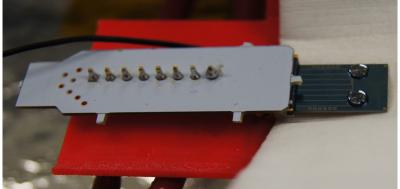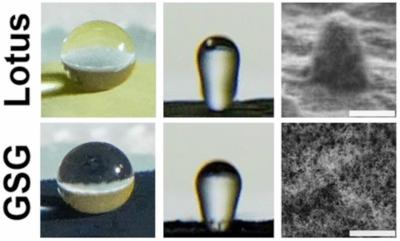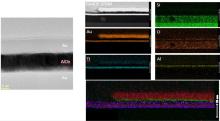Graphene assists in taking a step toward ultrafast computers
Researchers at the University of Rochester and the Friedrich-Alexander-Universität Erlangen-Nürnberg (FAU) have demonstrated a logic gateâthe building block of computation and information processingâthat operates at femtosecond timescales. The feat was accomplished by harnessing and controlling the real and virtual charge carriers that compose these ultrafast bursts of electricity.
The researchers have opened the door to information processing at the petahertz limit, where one quadrillion computational operations can be processed per second. That is almost a million times faster than today’s computers operating with gigahertz clock rates, where 1 petahertz is 1 million gigahertz.



